Remembering the formulae for area and circumference of a circle is often a challenge for students due to their surface similarities as well as the additional confusion of radius and diameter. I like to tackle them one at a time and give students a chance to explore the origin of each formula. Let’s look at circumference today by utilizing some famous circles from around the world… and beyond!
Tagged WithMath
Cooperative Exploration In Math With Clues
I’m beginning to teach the dreaded geometry unit featuring complementary, supplementary, adjacent, and vertical angles. Historically a confusing topic, this year is going to be different. I’m going to use a new tactic: cooperative reasoning with a set of “clues.”
Math and Novelty: What if we didn’t have 10 numerals?
Looking for some ways to challenge your advanced mathematicians? If you’d like to keep them on the same topic as the rest of your class, consider increasing the complexity of your current unit. If they’re in need of more advanced curriculum to keep their creativity flowing, try to bring in novel ways of looking at math.
To Show Or Not To Show Work In Math
We must be careful not to admonish our intuitive learners for being intuitive. As teachers of the gifted, we must set up learning environments that are best for our students. And if they’re doing it all in their heads (and getting it right!), then the environment needs to change.
An Apple Stock Math Project
Entice your gifted mathematicians with real world data and an authentic problem such as: “Let’s say that instead of buying the original iPod, you spent the same amount of money on Apple stock. How much would that stock be worth now?”
Differentiating in Math: Running Multiple Groups in One Class
100%, 100%, 100%. If you’ve ever taught gifted students math, you’re probably familiar with those kids who can knock perfect scores out week after week. You’ve probably also questioned what good you’re doing for those students. A differentiated math program may be just what you need.
